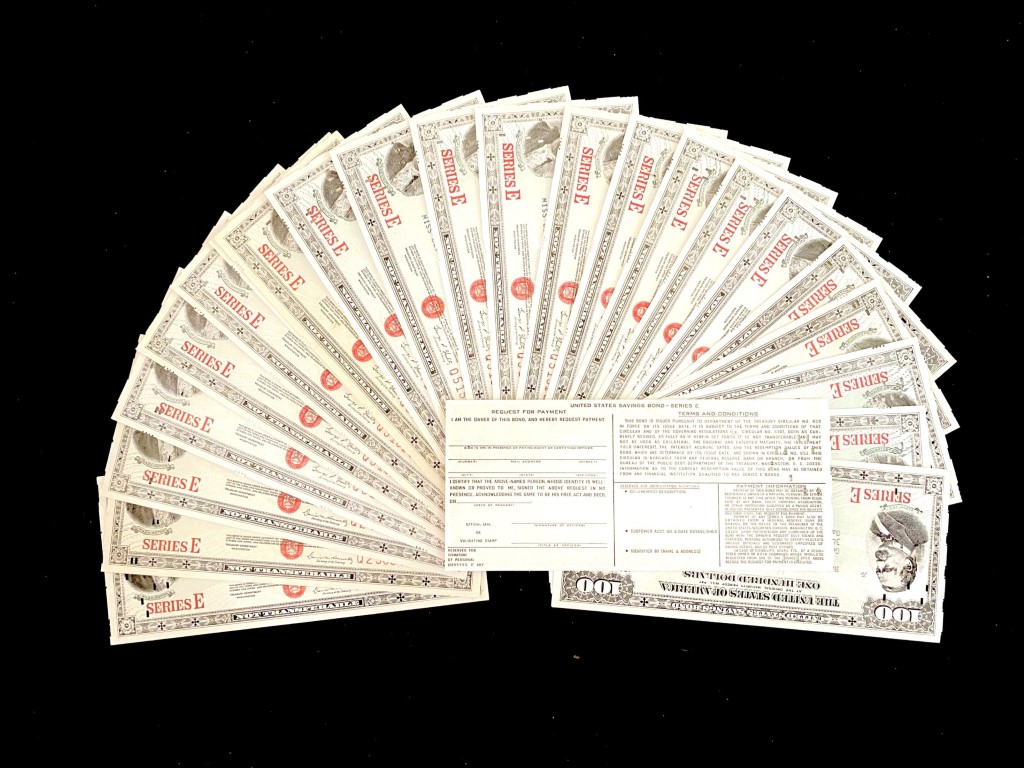A U.S. savings bond is a type of investment that makes saving money easy and affordable. The bonds have a maturity that ranges from one to 30 years and they are 100% guaranteed by the United States government. Savings Bonds are low-risk investments because, unlike stocks, you don’t need to worry about losing money on them if stock prices go down. You also earn interest on your savings bond, so it becomes even more valuable over time, especially when interest rates are low.
If you’re more familiar with stocks, here are three reasons why savings bonds are a nice alternative:
- Savings bonds offer the safety and security that is absent in most equities-driven investment strategies.
- You can’t lose money on savings bonds when the stock market fluctuates, this makes them less risky.
- Unlike stocks where interest rates play a vital role in returns, interest rates for U.S. savings bonds are fixed so it’s easy to calculate your return.
Safety & Security
Savings bonds offer the safety and security that is absent in most equities-driven investment strategies.
The securities market moves so quickly that it can be scary to watch. You often hear about the Dow Jones, Nasdaq, and other stock markets experiencing downturns, or making huge gains overnight. What’s nice about savings bonds is that they are fixed-interest investments.
Interest is Predictable
The interest rate on savings bonds does not fluctuate. In fact, the interest rate for all Series EE and I U.S. Savings Bonds is fixed. Yes, you read that correctly! Every U.S. Savings Bond generates a fixed amount of interest, which is easy to calculate because it’s based on one simple factor. The only thing that changes, is the rate itself.
Calculating Returns/Yields
Series I Bonds earn interest for 30 years from their issue date, and Series EE bonds earn a fixed rate of interest for 20 years. Both earn interest based on their face value amount (the amount you bought it for). For example, if you bought a $100 savings bond, and it earned an interest rate of 5%, you would earn $5 each year. At the end of 20 years, you’d have your original investment back (for a total of $100), plus all the money it accumulated from the interest ($100).

The information above is for educational purposes only and does not constitute an offer or solicitation to purchase any securities or other financial products in any jurisdiction where such offers or solicitations would be unlawful or illegitimate under applicable laws or regulations.
